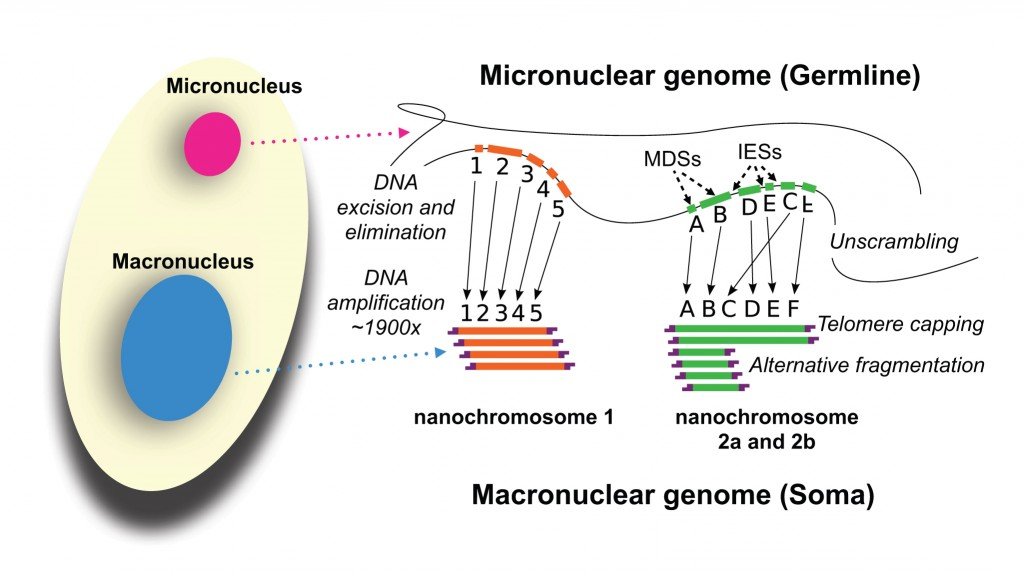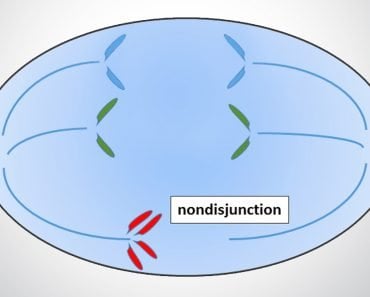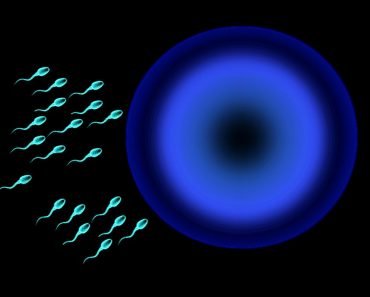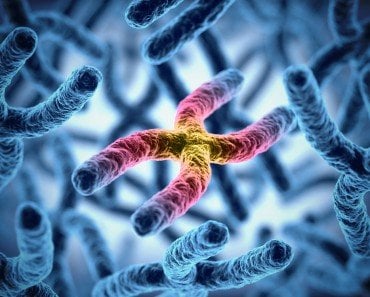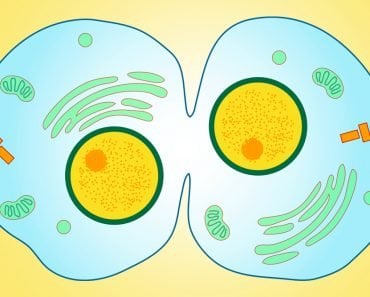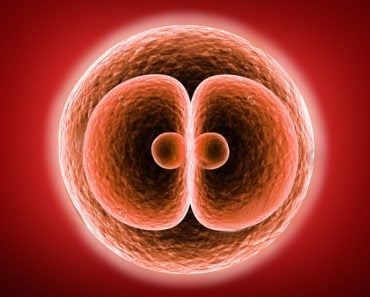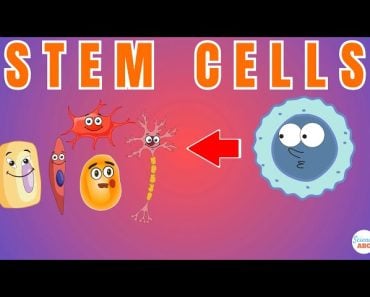Table of Contents (click to expand)
Meiosis is different from mitosis, in that 4 haploid cells are the end result, whereas the end result in mitosis is 2 diploid cells. Meiosis is only applicable for sex cells, namely the germ line cells that can be found in male testes and the female ovary.
One of the most impressive things about living organisms, and human beings specifically, is the ability to perpetually regrow our cells through the process of cell division. In humans, this is not applicable to all cells, such as neurons, skin cells, heart cells and fat cells, but for the more than 200 other types of cells in the body, cellular division is their fundamental purpose—passing on genetic material, an instruction manual, per se, to healthy new cells.
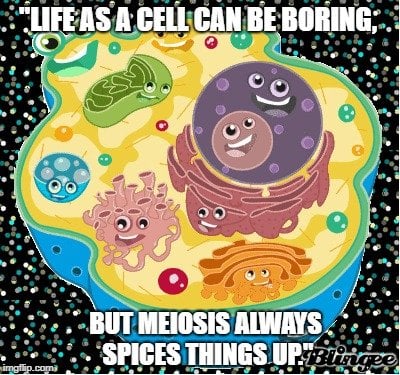
There are two forms of cellular division in the body. Mitosis is the method used by somatic cells, which make up the vast majority of our bodies, and are responsible for cellular division in tissues, organs, veins etc. The second form of cellular division, meiosis, is much more specialized and specifically located, namely in the reproductive cells of an organism. For simplicity sake, we will be looking at meiosis from a primarily human perspective, although it occurs in all animals and plants within their respective sex cells and organs. More specifically, meiosis can be found in all sexually reproducing animals, plants and fungi, whether they are single-celled or multicellular eukaryotes.
Recommended Video for you:
What Is Meiosis?
Meiosis is different from mitosis, in that 4 haploid cells are the end result, whereas the end result in mitosis is 2 diploid cells. Meiosis is only applicable for sex cells, namely the germ line cells that can be found in male testes and the female ovary. These germ line cells in a diploid organism, like a human, are diploid in nature. Diploid means possessing two sets of chromosomes, one from the male and one from the female. Haploid, on the other hand, refers to cells that contain only one set of chromosomes. The sole purpose of meiosis is to produce the gametes—eggs and sperm— and have each of them contain exactly half the number of chromosomes of the original germ line cell.
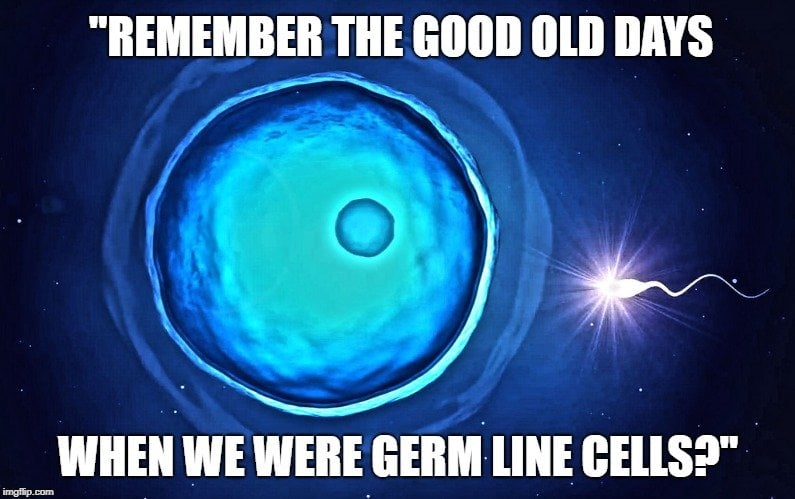
Explaining the entire cellular life cycle goes beyond the scope of this article, but prior to the start of meiosis, during the S phase of interphase, all of the DNA in the germ line cells is replicated, such that each cell contains two copies of identical genetic material. These replicas are bound by a centromere and are referred to as sister chromatids. At this point, once all the chromosomes have been replicated, meiosis can begin!
Stages Of Meiosis
Meiosis can be divided into two main sections—Meiosis I and Meiosis II—as there are two cellular division events that take place. Each of these sections include four smaller stages, prophase, metaphase, anaphase and telophase, which are also present during mitotic divisions.
Meiosis I
Meiosis begins with Prophase I, in which the chromosomes condense into more manageable sizes and densities, and the nuclear membrane dissolves. The homologous chromosomes will pair off and be connected by protein scaffolds, at which point genetic recombination (crossing-over) can occur. At locations on the chromosomes called chiasmata, the homologous chromosomes cross over and exchange genetic material, enabling more genetic diversity in the resultant offspring.
Once this exchange of chromosome sections is complete, metaphase I will begin. The protein scaffold will dissipate and the homologous chromosomes will begin to line up along the metaphase plate, guided by spindle fibers, which emanate from the centrosomes on either pole of the cell. During anaphase I, those same spindle fibers begin to pull the homologous chromosomes apart to opposing sides. Disjunction—a failure to separate the homologous chromosomes properly—at this stage can cause serious abnormalities in the resultant gametes.
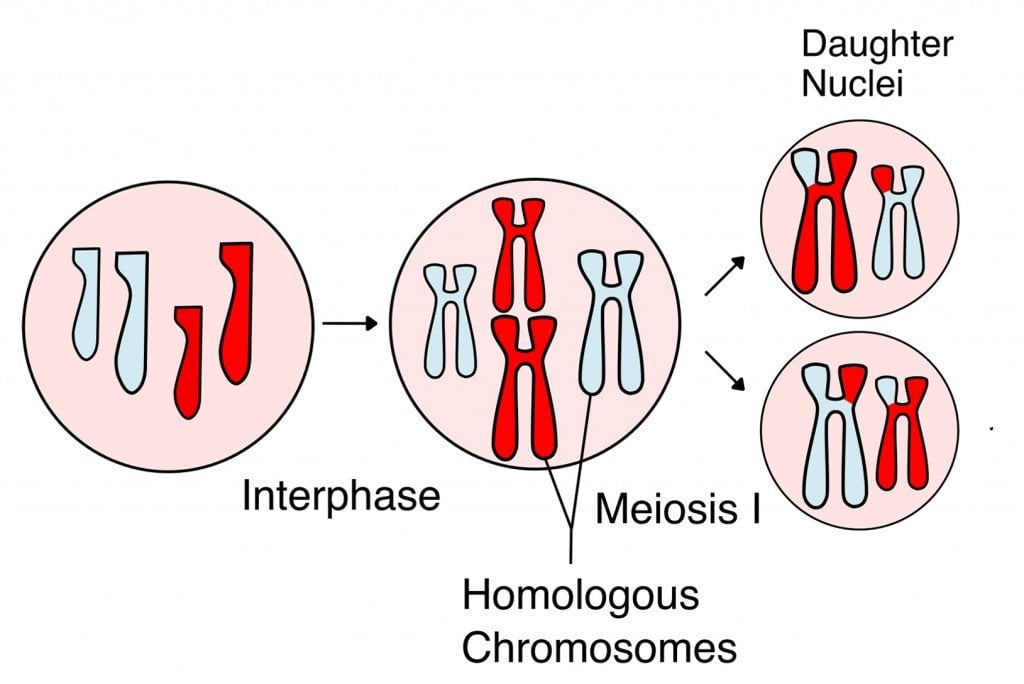
The final stage of Meiosis I is telophase I, in which the chromosomes will begin to decondense. In some organisms, the nuclear membrane will begin to reform, but this is not always the case. The final step of telophase is the actual division of the two cells into their respective daughter cells, each of which contains one set of chromosomes (two sister chromatids).
Meiosis II
Once the two daughter cells have been formed, the second cellular division event begins almost immediately. In those organisms where the DNA decondenses and the nuclear membrane reforms during telophase I, that process will reverse in prophase II. The centrosomes of the daughter cells will also move to the opposite poles of where they were during meiosis I. In metaphase II, spindle fibers once again extend and bind to the centromeres that connect the two sister chromatids. These spindle fibers will help to align the pairs of sister chromatids at the metaphase plate.
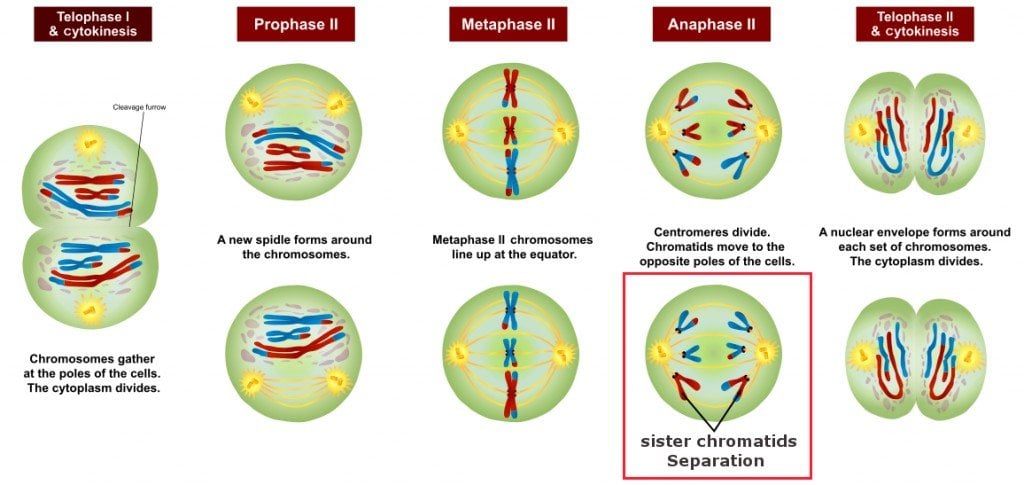
During anaphase II, the spindle fibers will begin to contract, tugging the sister chromatids apart, which are now referred to as chromosomes. Similar to this stage in meiosis I, it is critical that all of the chromosomes separate properly, or else it can result in aneuploidy—a state where a cell has an abnormal number of chromosomes, which can result in genetic disorders and disabilities. Once the individual chromatids (chromosomes) have migrated to the poles of the cell, telophase II can begin. The chromosomes will decondense into their incredibly long strands of genetic material, while the nuclear membrane reforms. Finally, the long process of meiosis reaches its end, when the two daughter cells divide, leaving behind four haploid cells, each of which contains a unique set of chromosomes (23 chromosomes).
Importance Of Meiosis
The significance of this cellular division process should be rather obvious—it results in the production of gametes. In humans, the sperm and eggs produced through the process of meiosis can go on to merge during the process of fertilization, eventually creating a human being! Without these intricate processes—and their precise execution—you wouldn’t be sitting here reading this article right now!
